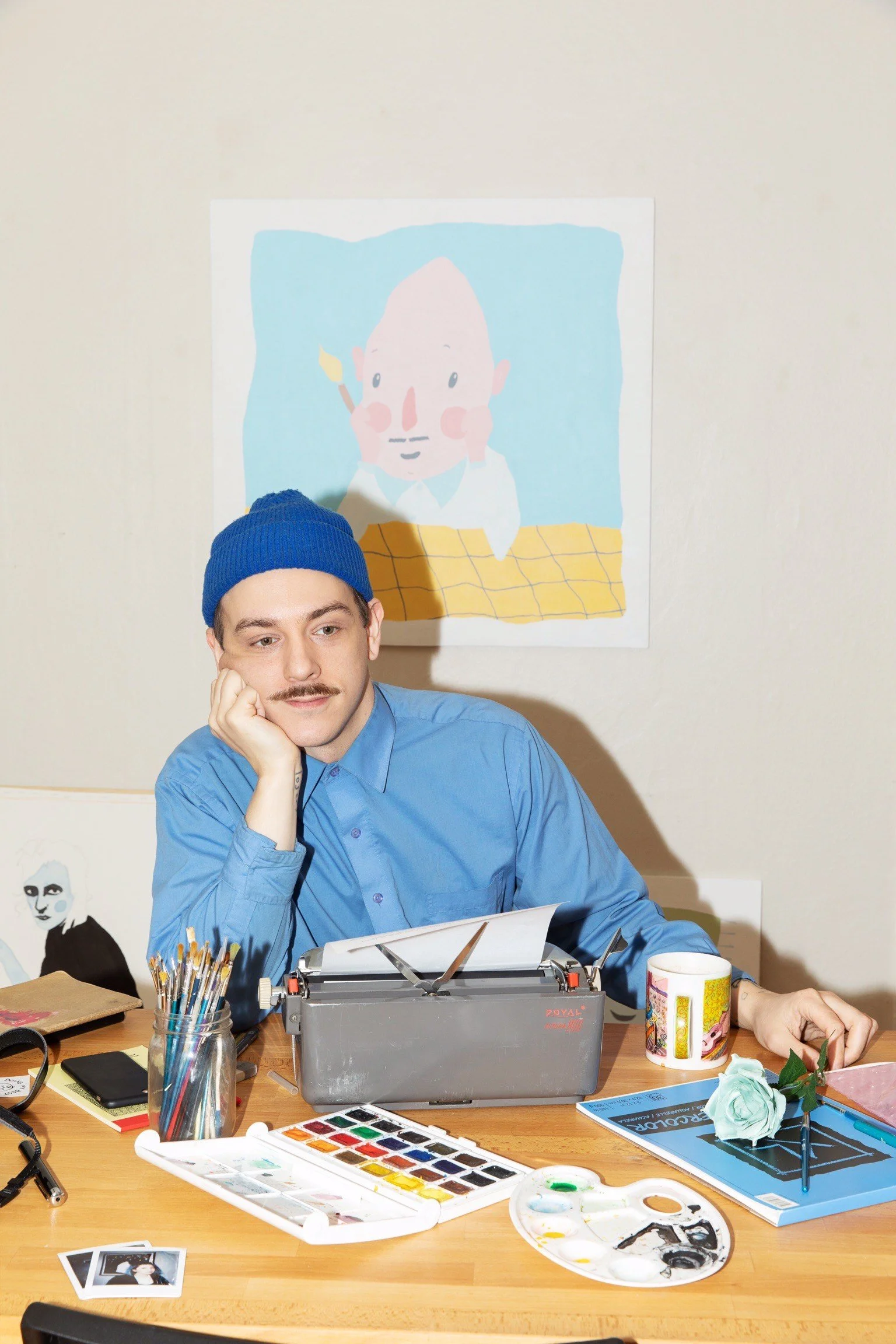BV: This one is hard to answer because I don’t think about the work on this type of analytical level usually. I’m very dynamic with many conceptual and aesthetic ideas. I like to be playful with my art, even when the tone or meaning of the piece isn’t. Maybe it comes from the many years I used to mask the sadness I felt when I was young. Never thought of that before.
Previous
Previous
GeekGirlCon '24: Bigger, Bolder, and 100% Geekier
Next
Next

